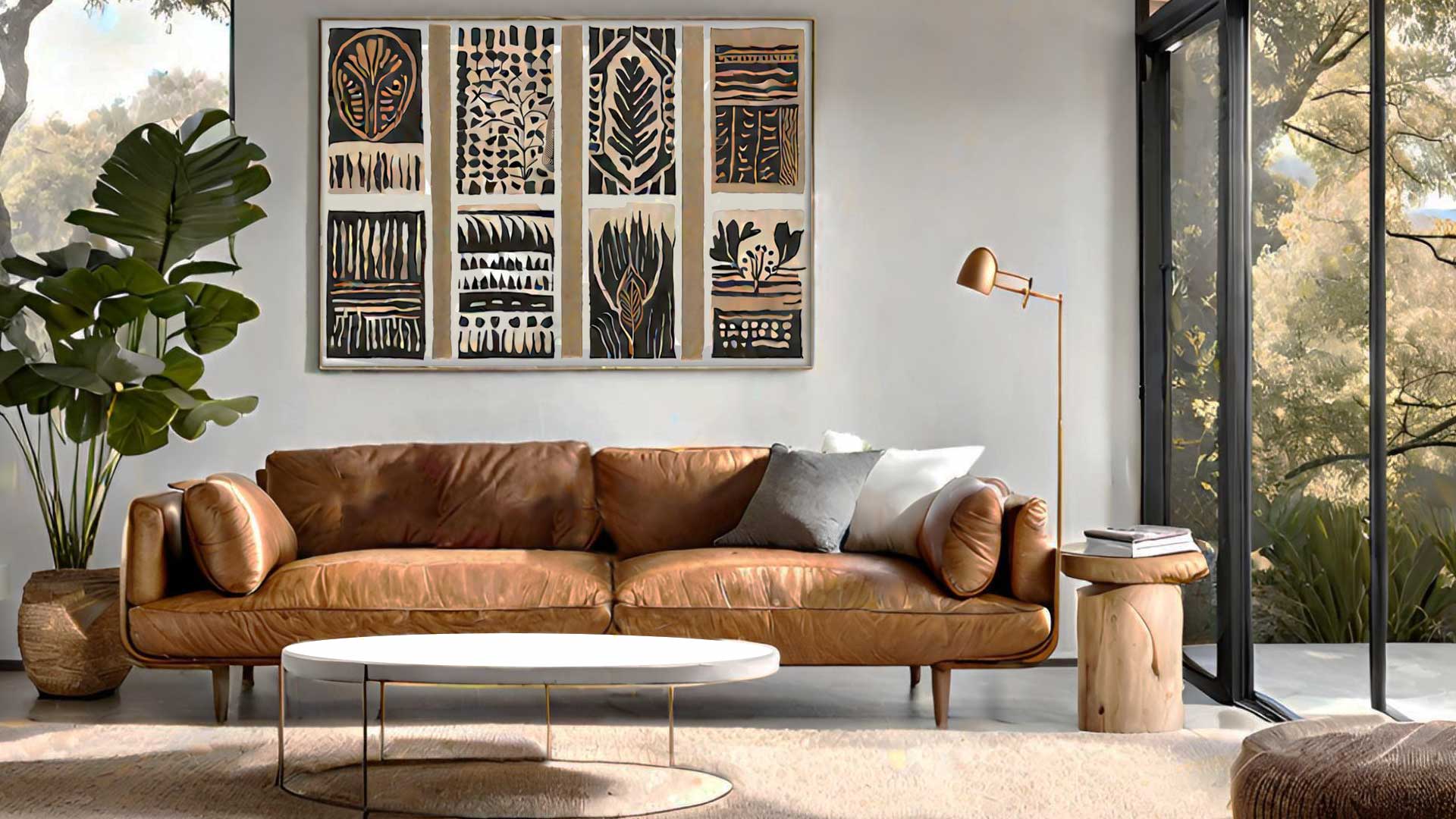Designing Kid-Friendly Rooms That Grow With Them
In the realm of modern interior design, crafting spaces that cater to the dynamic needs of children while embracing the principles of minimalism presents a unique challenge. A kid’s room is more than just a place to sleep; it’s a sanctuary for dreams, play, learning, and growth. As such, it demands a design approach that combines functionality with creativity, simplicity with flexibility. This comprehensive guide explores the essence of designing minimalist, kid-friendly rooms that not only withstand the test of time but also inspire and adapt as the child grows.
The Significance of a Kid’s Room
A child’s room plays a pivotal role in their development, serving as the backdrop for countless memories, adventures, and milestones. It’s a space where imagination flourishes, curiosity is nurtured, and personalities are expressed. Therefore, designing a kid’s room goes beyond aesthetic appeal; it involves creating an environment that fosters growth, comfort, and happiness.
Foundations of Minimalist Kid’s Room Design
1. Embrace Versatility and Simplicity
Opt for furniture and decor that can evolve with your child’s changing tastes and needs. Modular furniture, neutral color palettes, and multifunctional pieces provide the flexibility to adapt the space as your child grows, from toddler to teen. Simplicity in design ensures the room remains uncluttered and spacious, encouraging play and creativity.
2. Quality Over Quantity
Invest in high-quality, durable items that can withstand the wear and tear of daily use. Selecting fewer, but better-made pieces reduces clutter and contributes to a safer, more comfortable environment for your child. This principle extends to toys and accessories—choose items that offer lasting value, fostering deeper engagement rather than fleeting interest.
3. Incorporate Creative Storage Solutions
Effective storage is the backbone of a minimalist kid’s room, keeping the space tidy while making toys and materials accessible. Use under-bed storage, wall-mounted shelves, and closet organizers to maximize floor space and encourage your child to take part in keeping their room organized.
4. Neutral Backdrop with Personalized Accents
Start with a neutral backdrop—walls, flooring, and major furniture pieces—and allow personality to shine through smaller, easily updated accents like bedding, artwork, and decorative items. This strategy allows the room to be easily refreshed without the need for major overhauls, accommodating your child’s evolving preferences.
5. Maximize Natural Light
Ensure the room receives ample natural light, enhancing the space’s warmth and vitality. Use light window treatments that offer privacy and light control but still allow for a bright, airy feel. Good lighting supports your child’s well-being and can boost mood and productivity.
6. Create Defined Activity Zones
Designate areas for sleep, study, play, and relaxation to help organize the space and encourage a balance of activities. This can be achieved through the strategic placement of furniture or the use of area rugs to visually delineate different zones, supporting your child’s daily routines and interests.
7. Safety and Comfort
Prioritize safety and comfort at every turn, choosing furniture with rounded corners, securing heavy items to prevent tipping, and opting for non-toxic, easy-to-clean materials. A comfortable, safe environment is essential for your child’s development and peace of mind.
Conclusion: Growing Together
Designing a kid’s room within a minimalist framework is an exercise in balancing aesthetics with practicality, individual expression with timeless design. By adhering to principles of versatility, quality, and simplicity, you can create a space that not only meets your child’s needs today but also grows with them through the years. A minimalist kid’s room isn’t just about reducing clutter or following a design trend—it’s about crafting a nurturing environment where memories are made, personalities blossom, and childhood is celebrated in all its phases.

